PROZAC: PANACEA OR PANDORA? OUR SEROTONIN NIGHTMARE!
PROLOGUE
THE PANDORA’S BOX
“All at once, every evil and spiteful thing flew out, like a swarm of insects infesting the earth with pain and sorrow….thanks to Pandora, life on earth was never quite so joyful ever again.” From the story of Pandora’s Box
On September 14, 1989, Joseph Wesbecker blew the lid off the Pandora’s box unveiling one of the most terrible of the paradoxical reactions to Prozac when he walked into his former place of employment, Louisville, Kentucky’s Standard Gravure Corp., took the elevator to the third floor, and as the elevator doors opened, started firing with an AK-47 semiautomatic assault rifle. In what authorities called a “blood bath you don’t get over,” Wesbecker took eight lives and wounded twelve others before taking his own life.
Unfortunately, the first medical letter to be published on the relation of Prozac to suicidal ideation and violence came too late for Joseph Wesbecker and twenty of his former co-workers. Although he had been placed on permanent medical disability the previous year after being diagnosed as “manic depressive,” he was described as never having had a history of violence. He had never struck his wife or children and in thirty-two years had never had an argument on the job. He had never tried to hurt anyone else, and everyone who worked with him described him as your average “nice Joe.” Yet one of his victims described the same man, as he turned a gun on her, as “totally devoid of any human element, and human soul….He was just `gone.’ There wasn’t anything there.” (Friends, family and acquaintances in describing individuals who are in trouble on one of these serotonergic medications often refer to them as “gone,” There seems to be no other way to describe the complete change in personality that takes place.)
What was the catalyst that turned this gentle man into a savage bloodthirsty murderer almost overnight? His psychiatrist was shocked by his patient’s obvious deterioration. Two days before the shooting spree the doctor took Wesbecker off Prozac after a five-week period of usage and wrote these notes:
• “Patient seems to have deteriorated. Tangential thought.
• “Weeping in session. Increased agitation and anger.
• “Question (?) from Prozac.
• “Because of deterioration I encouraged patient to go into the hospital for stabilization but he refused.
• “Plan – Discontinue Prozac which may be cause. Return to clinic in two weeks.”
�He didn’t return in two weeks. He walked into the annals of history two days later as one of the most notorious mass murderers ever.
Wesbecker had for many years been taking lithium for his manic reactions and continued to take it along with the Prozac his doctor had recently prescribed. In the inquest a jury ruled that the drugs “may have been a contributing factor” in this case.
Joseph Wesbecker’s experience with Prozac began to arouse public awareness to the seriousness of the adverse reactions connected to this drug. Tragically, Wesbecker’s reaction, nor any warning since then, has been loud or clear enough to awaken us all to the painful reality of the potential very serious dangers of the specific serotonin reuptake inhibitors.
On March 6, 1992, Jim and Carri Pizzuto’s only child, Marc, 22, brought that awareness home for them by putting a gun to his head and pulling the trigger. Jim has spent every minute since then asking himself over and over and over again why he did not listen to every word of the television program on Prozac he had seen several months earlier. Or why he had not heeded the warnings given. How he wishes now that the program had been more bold and straightforward rather than so “politically polite” in presenting both sides of the issue. Why hadn’t the program reached out and grabbed him, shaking into him the fear he now has of the drug? Why hadn’t it made him realize then the impact those warnings could have made in his own life within a few short months? Why hadn’t it made him realize the reality of the danger lying in wait for his own loved ones? Why did it have to be Marc who taught him that lesson in a way that will be embedded deeply and painfully within his soul forever?
Now the questions never end for Jim and Carri, nor for Marc’s friends and family. With an intensified interest they now closely listen to every news report of violent or bizarre behavior or violent suicides and murders and wonder if anyone knew enough to ask if Prozac was involved. They worry about those left behind with all the same questions – those who have fewer or no answers about this drug than they had – answers to help them begin to understand the tragedies with which they are left to cope.
Marc Pizzuto had deeply touched the lives of many in his short 22 years. Throughout his childhood, he was loving, energetic, confident and contented. His parents saw no signs of depression except for brief periods during his last two winters, when he complained of symptoms resembling Seasonal Affective Disorder (SAD). A doctor at his Maryland University health center prescribed Prozac. Five weeks later, Marc was missing classes (something he had never done before), and sleeping excessively, and the following week he was dead.
Jim describes his son as “the most remarkable and gifted person I have ever known.” He felt it a privilege to have been Marc’s father. Even though he has every reason to be prejudiced in his opinion of his son, Jim Pizzuto does not stand alone. Marc was loved and admired by all he met. One of Marc’s classmates in his Conflict Partnership class shared with their professor his feelings about Marc: “We always got into long discussions after class, and I never could keep up with Marc’s depth of thought. I admired the way Marc seemed so fascinated with every aspect of life. He was the kind of person I wanted to be.”
Their professor, Colman McCarthy, is a writer for The Washington Post. He described Marc as “a young fellow who glowed with life and had ample self confidence to handle the routine academic ups-and-downs that periodically come to every college student….He had qualities that would hearten any teacher: a reflective mind, an appetite for the give-and-take delights of classroom discussion, and a writing style that was sensory in tone because he avoided the stiffness of term-paper prose in favor of letting his feelings flow. Marc, in the General Honors program (He kept a 3.8 average and was on an partial academic scholarship.), had the rarest of undergraduate gifts – intellectual openness. He savored exploring new ideas and seeing where they would take him. He spoke of becoming a professor.”
Marc wrote two papers for Mr. McCarthy’s class: “The Utility of a Nonviolent Lifestyle” and “Conflict Partnership – A Remarkable New Approach to Managing Conflict.” In the second paper Marc wrote: “I am rather fortunate. I feel my parents have taught me many of the techniques found in Conflict Partnership, techniques that are indeed effective. Unknowingly, they have taught me by their example as well as through their interaction with me. Yet I am now more aware of the nature of conflict after reading this book, and I believe I am better equipped to handle future conflicts with greater skill.”
Marc’s statement should help us understand why all who knew him wonder why he handled his last conflict in a manner so totally contrary to every non-violent example he had set for 22 years. They wonder why this solution was so adverse to those principles he had always lived with so much conviction. Everyone wonders, that is, everyone who does not yet understand the violent compulsive behaviors that can be chemically induced through the altering of brain function. Jim reflects on his son’s life: “He was blessed with an abundance of natural qualities – exceptional good looks, a strong, six-foot tall stature, confident blue-grey eyes, casual sandy colored hair and an unforgettable smile. He was charming and witty, thoughtful and considerate. He was especially blessed with a wonderful mind and a genuine concern for others. He was the center of our world and all that parents could hope for….Marc was determined in his convictions but always considerate and open to new ideas. He was genuinely concerned about the lives of people, the people close to him and the people of the world….He belonged to environmental and nature clubs and world conflict resolution groups. He thought and spoke creatively about world issues. His potential was infinite. He made good judgments in all aspects of life. He developed his mind with dedicated study and learning. He had a passionate love for reading and after absorbing its wonders he would pleasantly articulate the essence of his newly acquired philosophies. He cared for his health with physical activity and good dieting habits. He enjoyed sports and daily maintained his fitness with exercising and running. He was a non-smoker and ate wholesome, healthy foods. He was a vegetarian. He felt the excessive waste caused by polluting fertilizers used for growing grain to feed beef; this extravagant waste of grain could be put to far more efficient and humane use in feeding the starving peoples of the world. Furthermore, he opposed the way animals are confined and raised in feeding pens, and did not want to contribute to the animals’ abuse by the meat industry. Marc cast his vote by living his principles – unfailingly, those principles were sound and just.”
In memory of Marc, his fellow students and friends at the University Career Development Center, where he worked, planted a Yoshino cherry tree in the center of a prominent square on the university grounds. It’s a peaceful place, with benches, green grass, tall trees and stately buildings. Along a shaded path, on a brick wall, near the tree they placed a bronze plaque inscribed with a quotation from one of Marc’s papers: “The Best Education is the One That Instills the Love of Learning.” The cherry tree symbolizes Marc’s keen interest in Japanese culture; it will also bloom each spring and mature into a grand symbol of Marc’s fascination for learning.
Jim ends his description of his son with: “Marc’s positive spirit and thoughtful consideration was felt by everyone who knew him and remembered by anyone that met him even for a few brief moments. His innate qualities made us love him – his remarkable intelligence, his expressions, his sincerity. He touched us deep in our hearts and made us love him very much….We were encouraged by his example, his values and philosophies. Even as Marc’s father, I frequently sought and benefited greatly from his clear thinking and sound judgment. Through his infancy, and as he grew, he was the greatest joy possible in life for his mother and me. His excellence gave our life great meaning. I was constantly amazed and inspired by his brilliance. That this brilliant mind would in the end conclude that suicide was somehow a solution….does not fit.”
Is Prozac (and all the Prozac clones we have seen since in the way of antidepressants 7 atypical antipsychotics) the catalysts that produce in these people an obsessive, violent obsession to kill and be killed? Are these patients being chemically induced to take their own lives and the lives of those around them? No one agency has yet tracked the connection between any of the serotonergic meds and suicide or their relationship to violent crime. How many deaths have there already been of which we are unaware because no one has taken notice of them? How many more deaths do we need to witness? How much more terror to the victims and to the perpetrator himself? How many more wonderfully creative individuals – the greatest gifts to our world – can we afford to lose before we learn the answer to that question? How many more Marc Pizzutos will have the answer to these questions before it is too late?
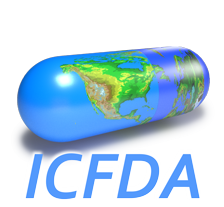
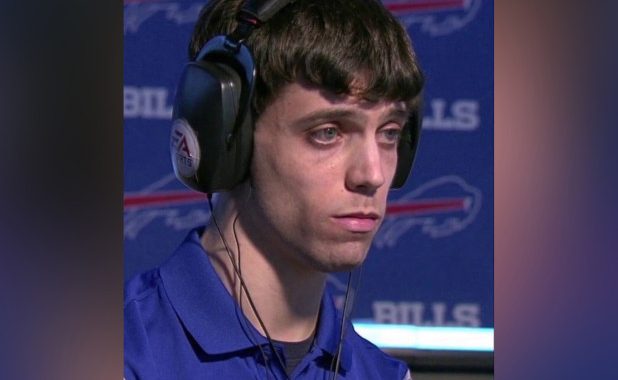
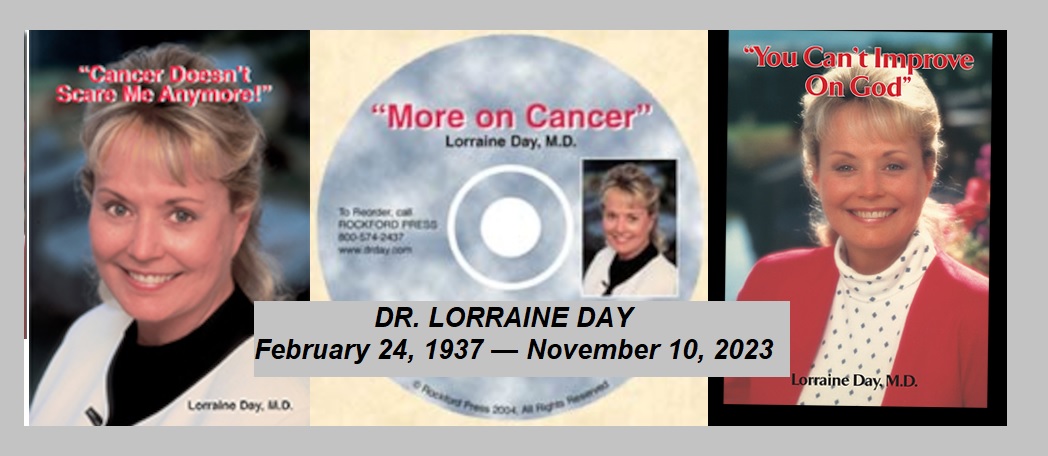
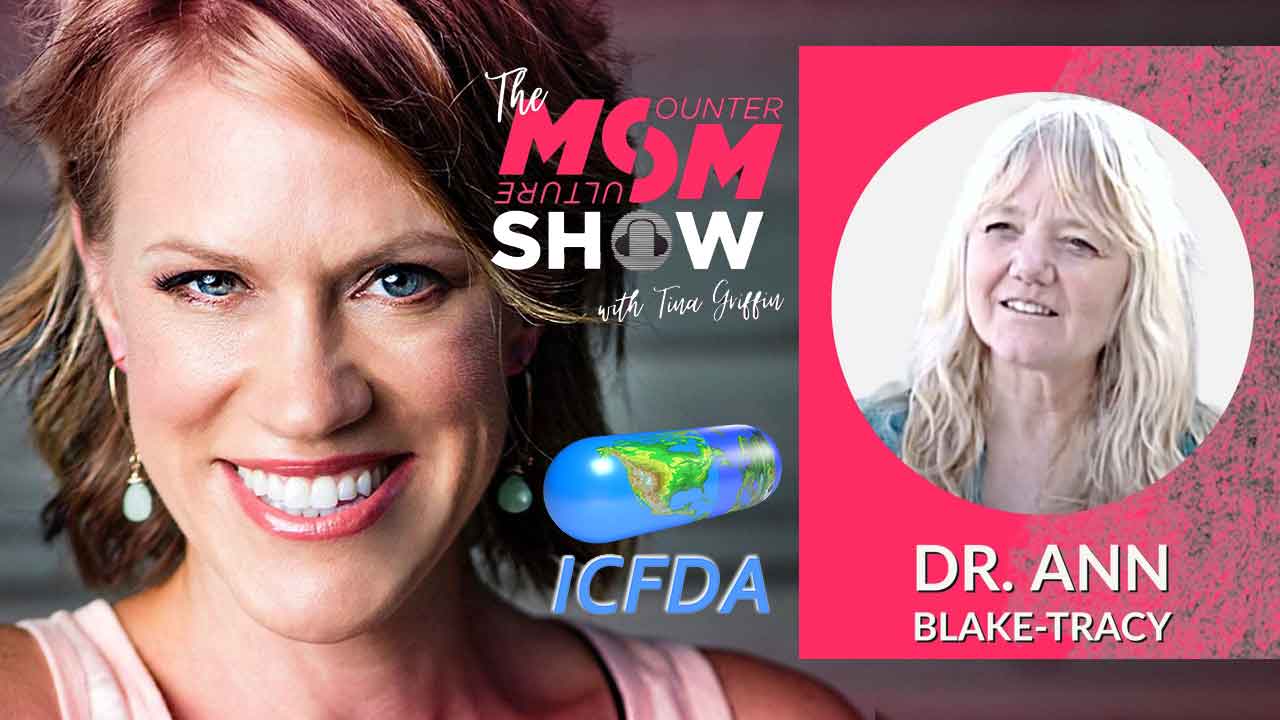
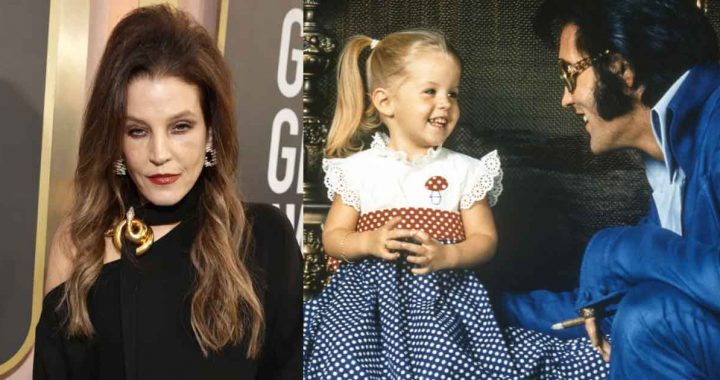
One thought on “FL Shooter Medicated for Years – Mother Works for FDA, is PhD in Toxicology”
Comments are closed.